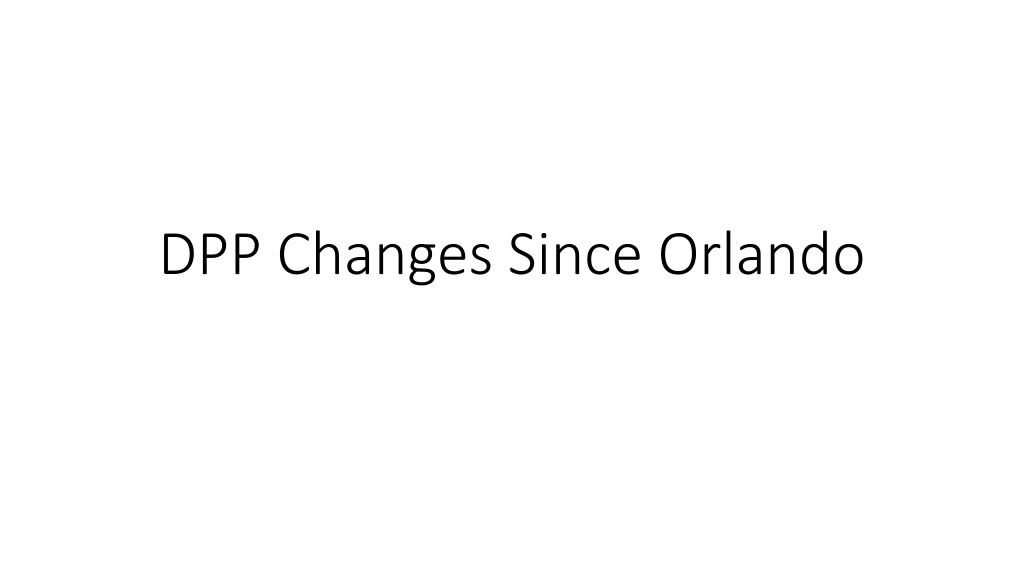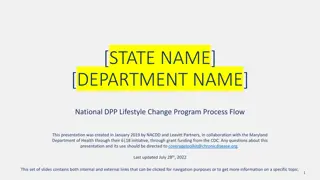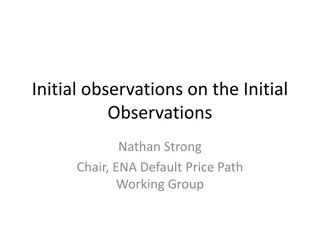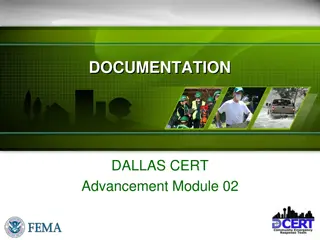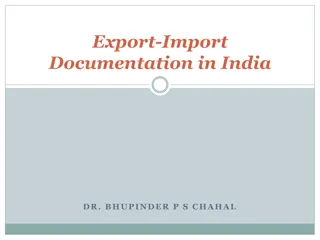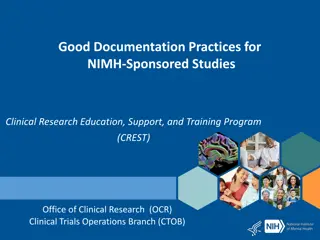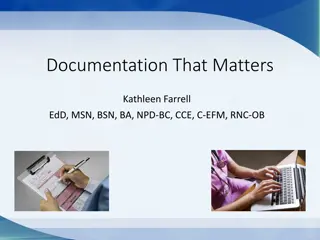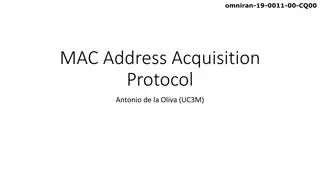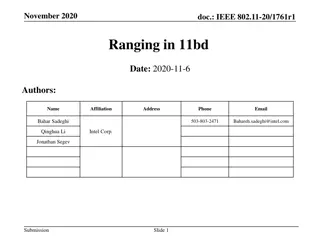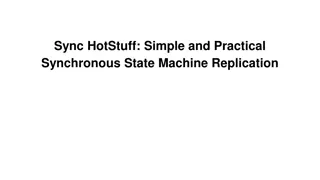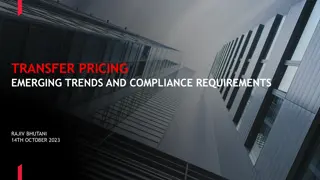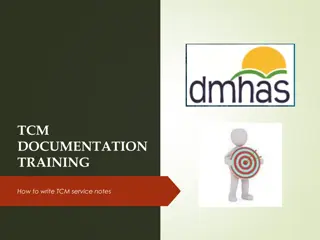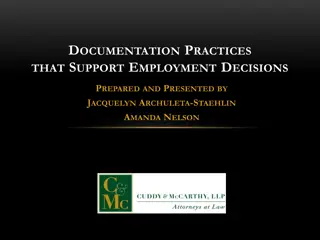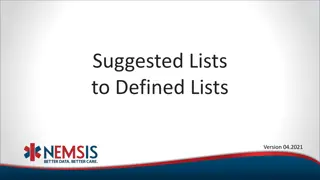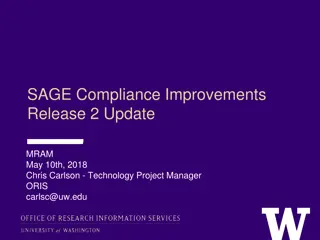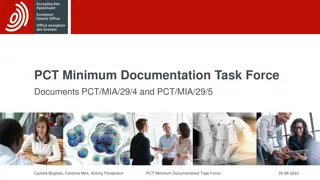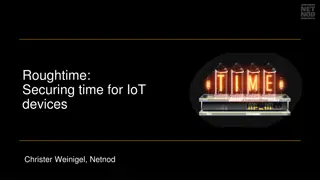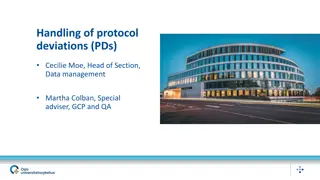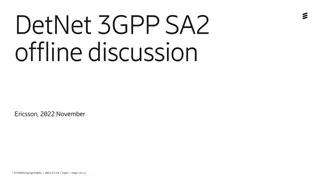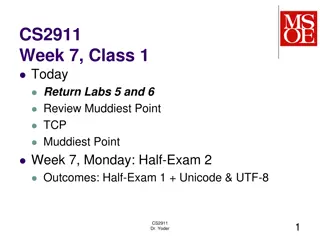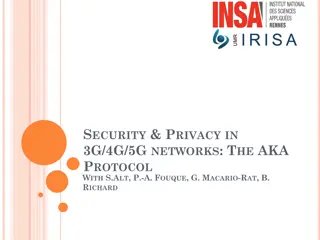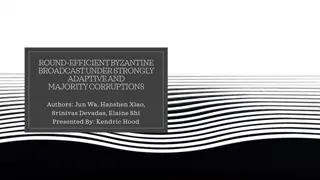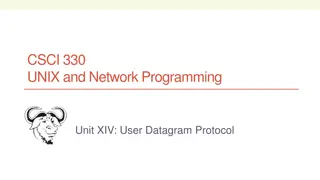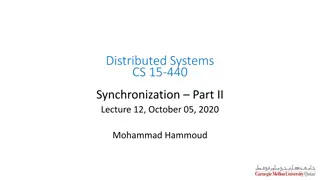Update Details in DPP Protocol Documentation
Changes and additions have been made in various sections of the DPP protocol documentation since the Orlando version. Updates include definitions, operational procedures, association and link modifications, channel access improvements, SS states modifications, and establishment/maintenance procedures enhancements. The updates cover areas such as pairing modes, state transitions, identity filtering, authentication configurations, PHS parameters, and link adaptation recommendations.
Download Presentation

Please find below an Image/Link to download the presentation.
The content on the website is provided AS IS for your information and personal use only. It may not be sold, licensed, or shared on other websites without obtaining consent from the author. Download presentation by click this link. If you encounter any issues during the download, it is possible that the publisher has removed the file from their server.
E N D
Presentation Transcript
Definitions and Terms Section Non-Persistent CSMA/CA definition added. DPP Association added DPP Link definition modified to support multiple DPP associations per DPP terminal. Pairing Mode definition with Server, Client, and Single mode is added. Operational State Time limit definition is added. Relay Wait time added for ACK-based Relay operation.
General Section Statements modified for supporting Multiple DPP SS in the link. Statements modified for NOT using the separate frequency bands for TX and RX operation. When two distinct bands are available optional frequency diversity requirement is added. Maximum Latency parameter usage is explained.
DPP AIP Section Slots Mapping procedure description is added. SDU packing details are added.
Channel Access Section RSSI averaging and reporting with 1 dB quantization is added. ACK bitmap generation details are added. CSMA/CA flowcharts are modified, removal of two distinct bands. RX flowchart is added. Relay Deferrals are added.
DPP SS states Section DPP states modified, DPP has two states Offline and Online, and for each DPP association it has Associate and Operational state. Maximum Number of DPP associations per DPP SS added. Automatic and Manual selection modes are added for Multiple DPP associations. Below Pairing modes are added Single Server mode Client mode Device state diagram is added.
DPP Link Establishment and Maintenance Procedures Section. Identity Filtering section modified for multiple DPP associations per DPP terminal.. Authentication section modified for Server/Client based configuration for multiple DPP associations per DPP SS. Various PHS parameters are described. PHS suppression and restoration diagram is added. PHS operation flow chart is added. PHS rules creation more details are added.
Link Adaptation Section CINR computation method is suggested. CINR reporting configurations (Average/Min) and 1 dB quantization for reporting is added. Minor change is done in LA for multiple DPP associations per DPP SS.
Relay Section The objective of the relay is to extend the range if needed. The relay performs a S&F function. It retransmits a burst at the same frequency the burst was received. The relay is transparent. It does not establish an association with the DPP SSs for which it perform the relay function. The relay performs one of 3 actions depending on the value of the relay field within the CNTRL MSG within the burst: No relay Unconditional relay Conditional relay if no Ack. The specifics LA operation when a relay is used are described.
Frequency Diversity Section added Optional Frequency diversity mode is added for improving transmission reliability. This has particular importance in the RR industry given the physical constraints which makes it difficult to use spatial diversity. Based on how the two bands are used for transmission, 3 modes are described. Mode 1:Each burst is transmitted twice over time. Each of the two instances of the burst will be transmitted in a different band. Mode 2:Each burst is transmitted over two bands at the same time. Mode 3:If ACK is not received then the other band is used for transmitting same burst, and it keeps alternating till the ACK is received.
